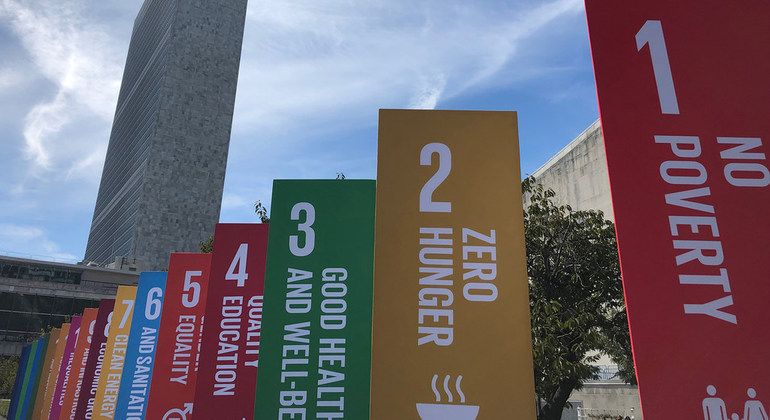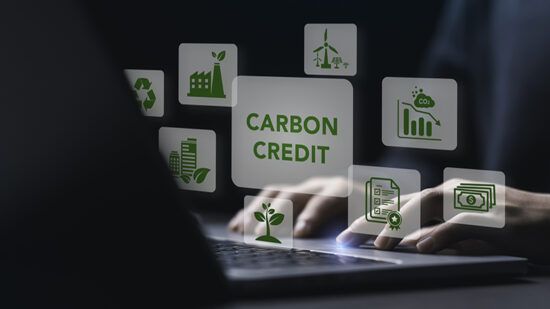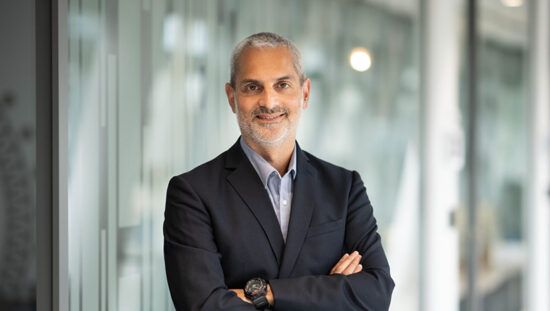Investment group Franklin Real Asset Advisors has warned the United Nations’ Sustainable Development Goals (SDGs) are vulnerable to “misuse, misrepresentation and dilution” if the industry fails to go beyond “just aligning” with the crucial goals.
Raymond Jacobs, managing director of FRAA, and John Levy, director of impact at the US-based firm, said impact investment products labelled as “aligned with the SDGs” must move beyond “just alignment” if they are to make a real contribution to positive social and environmental outcomes.
“One of the most common questions from investors to asset managers in the impact investing space is: “are you aligned with the Sustainable Development Goals?” Jacobs and Levy noted.
“However, if we end the discussion at SDG alignment, there’s a risk that these incredibly important ambitions will be met in name only and will lack substance and depth. We see it as our duty to raise the level of discussion and focus on how we achieve new and better results.
“We believe the focus on defining and measuring real contributions should be a primary consideration when assessing an impact strategy,” the impact investing gurus explained.
The SDGs align the public, private and philanthropic sectors around 17 broadly recognised social and environmental priorities.
Behind each goal, there are anywhere from five to 19 ‘targets’ that seek specific sought-after outcomes. Behind each of these targets are ‘indicators’, which are used to track progress towards each target.
“We don’t want simply to be aligned with the SDGs; we want to contribute to achieving those goals. And, we realise that contribution requires additional effort and ambition,” Jacobs and Levy said.
“The shift in focus from whether an investment aligns with SDGs to defining and measuring its real contributions requires more work before an assertion of impact is justified. However, by shifting the focus in this way, we believe investors can move towards a deeper understanding of real impact,” they added
By ensuring investments include one or more of the five actions outlined by FRAA, the company believes it is possible to track how investments lead to positive environmental outcomes linked to the SDGs.
The five actions include maintaining strong-performing assets and enhancing underperforming ones to improve the social services and the environmental footprint they render.
“In some arrangements, like a buy-and-lease-back, we can free up much-needed public capital and provide liquidity to municipalities,” Jacobs and Levy said.
Other actions include ‘function enhancements’ including creating more usable space and finding alternative uses that benefit the broader community; undergoing environmental upgrades such as installing energy-efficient systems and improving recycling and waste disposal policies; increasing ‘purpose-driven development’ used for social infrastructure; and establishing tenant and community partnerships to serve the communities and residents.
Several efforts are underway to help improve the understanding of impact contributions.
For example, the UN Development Programme’s SDG Impact initiative is developing a set of global standards for how investors and enterprises manage and measure their impacts on the SDGs.
Meanwhile, the International Finance Corporation has launched the Principles for Impact Management as a standard to provide a common basis for evaluating investor practices.








